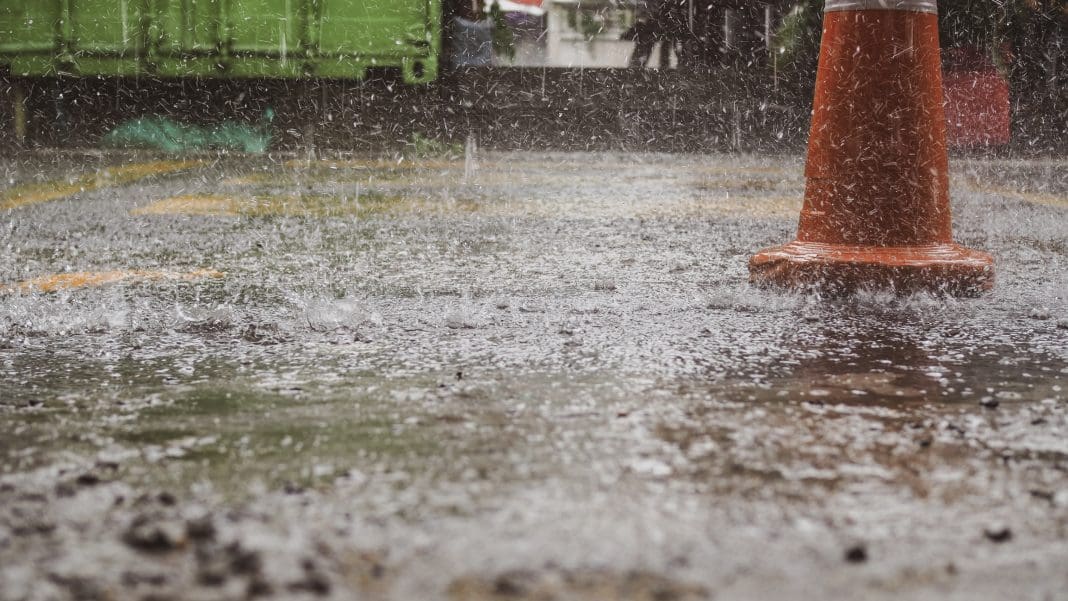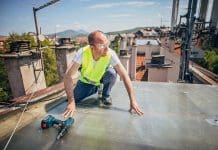With the start of 2024 seeing widespread flooding in the wake of Storm Henk, there is an urgent need for an approach to combat humidity on construction sites to prevent long-term damage, reports Aggreko
Using the wrong equipment to remove humidity on construction sites could cause long-term damage.
The period between 1991 to 2020 was an average of 1.75% wetter than the period 1981-2010 and 7% wetter than 1961-1990 for the UK overall, according to the Met Office.
The European Union recently published figures showing that over 14,000 areas across its member states are at significant risk of flooding, amid a year that has seen widespread disruption.
Humidity can cause irreparable damage to critical assets
According to moisture control experts, relative humidity on construction sites should be kept within an optimal range of 40-60%.
Dehumidification systems help to reduce humidity, meaning that these issues can be eliminated before they cause problems and bring delays.
Relying on heating systems, which are less effective at reducing humidity levels, can cause more damage to building materials and structures.
This potentially can lead to issues such as increased mould growth, creating a deceptive sense of dryness and increased condensation.
Flooding can cause time delays and budget issues for construction sites
Tom Adlington, building services & construction sector sales manager at Aggreko UK & Ireland, said: “Flooding, such as that seen over the new year, has the potential to cause time delays and budget problems for a construction site.
“Heat alone cannot sufficiently dehumidify a site, which is why we advocate for a combined solution. This incorporates various technologies, including industrial dehumidifiers, to provide heat, air movement and moisture removal.”

















